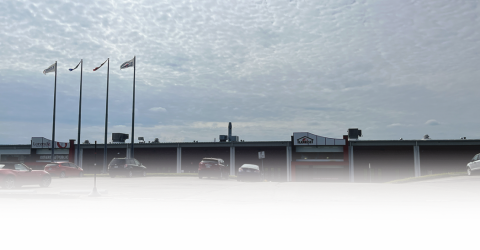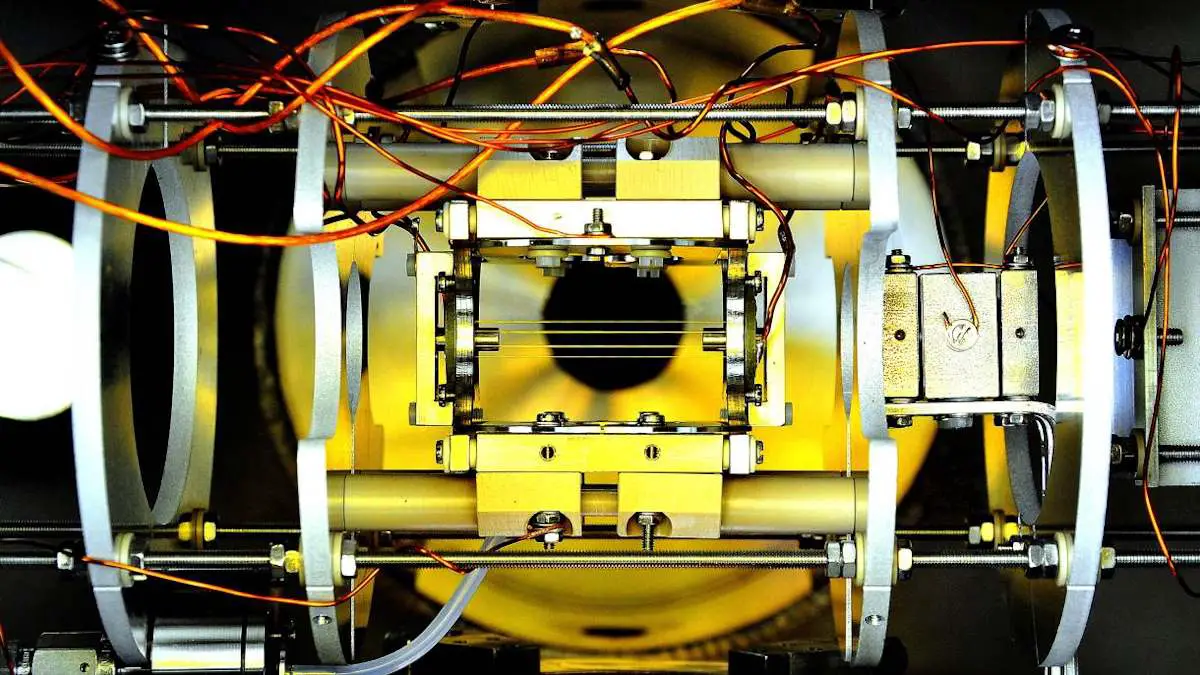In a wide world of Molecular PhysicsA major breakthrough has been made by a team of German and Austrian researchers. They have developed a revolutionary method of cooling molecular anions, negatively charged particles, at temperatures below three Kelvin, or about minus 270 degrees Celsius. This opens the way for new investigations, particularly in the study chimical interaction in the space.
An innovative methodology for quenching molecular anions
Physics has long succeeded in cooling atoms and ions to near absolute zero, which is a prerequisite for exploring many complex scientific questions. However, cryogenic anions have always presented a great challenge due to their specific electronic configuration. However, a team led by Professor Dr. Dr. Matthias Weidemüller fromHeidelberg University and prof. Dr. Roland Wester of the University of Innsbruck has succeeded in developing a technique for cooling these difficult particles.
In this experiment, ions are trapped in a radiofrequency trap and scatter along the longitudinal axis of the trap. This configuration allows the high-energy ions to move away from the center of the trap. “We take advantage of this feature to selectively remove these ions from the trap,explains Dr. Eric Endries from the Department of Ion Physics and Applied Physics at the University of Innsbruck.
Anion quenching process
Cooling is done using a focused laser beam placed at the edge of the ion cloud to neutralize the hotness of the ions. Photons from the laser then remove an electron from the anion, resulting in a neutral molecule that gets out of the trap. By removing the high-energy ions, the remaining ions are cooled to a lower temperature.
“By slowly moving the laser light towards the center of the trap, the high-energy anions vaporize one by one, resulting in a temperature of 2.2 K in less than four seconds,Saba Hassan, a doctoral student in the research group of Professor Dr. Weidemüller at the Institute of Physics at the University of Heidelberg.
Future potential and applications
Previously used techniques allowed the anions to be cooled to three Kelvin. “With our most advanced method, this barrier can now be broken in principle for any type of negatively charged particle, allowing many new investigations into the foundations of nature or, for example, chemical reactions in space.says research group leaders Matthias Weidmuller and Roland Wester.
artificial
This major advance in the cooling of molecular anions can be considered a real revolution in the field of molecular physics. On the one hand, it opens the way for new fundamental research.
For a better understanding
What is a molecular anion?
A molecular anion is a molecule that has gained one or more electrons, which gives it a negative charge.
Why is it difficult to cool anions?
Anions are difficult to cool due to their specific electronic configuration which makes them less sensitive to conventional cooling methods.
What is the importance of anion quenching?
Cooling the anions allows for better control of these particles, opening the way for new investigations, particularly in the study of chemical reactions in space.
What is absolute zero?
Absolute zero is a theoretical temperature at which the kinetic energy of particles in a system is minimum. It’s zero kelvin or -273.15 degrees Celsius.
The new cooling method uses a selectively focused laser beam to neutralize the hotter ions in the radio frequency trap. The remaining ions are then cooled to a lower temperature.
What are the implications of this research?
This research could have major implications in various fields, including the study of chemical reactions in space and the exploration of the foundations of nature.
Key illustration explanation: The radiofrequency trap, where negatively charged particles are trapped and evaporated by light. | © University of Heidelberg
Original publication: J. Tauch, SZ Hassan, M. Nötzold, ES Endres, R. Wester, M. Weidemüller: Laser-induced forced evaporative cooling of molecular anions below 4 K. nature physics (June 15, 2023).
[ Rédaction ]

“Music guru. Incurable web practitioner. Thinker. Lifelong zombie junkie. Tv buff. Typical organizer. Evil beer scholar.”






More Stories
A large manufacturing project awaits space in the industrial zone
According to science, here are officially the two most beautiful first names in the world
Green space, 100% pedestrianized: DIX30 reinvents itself